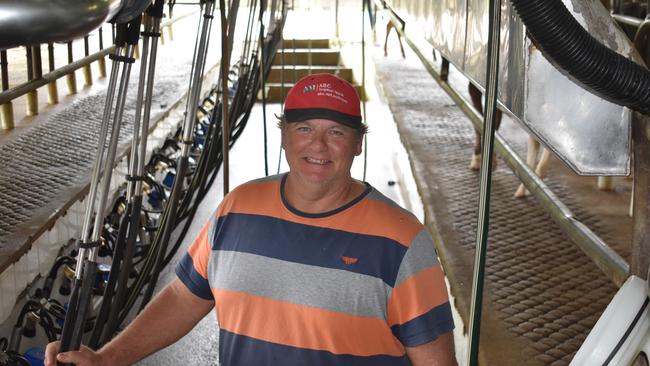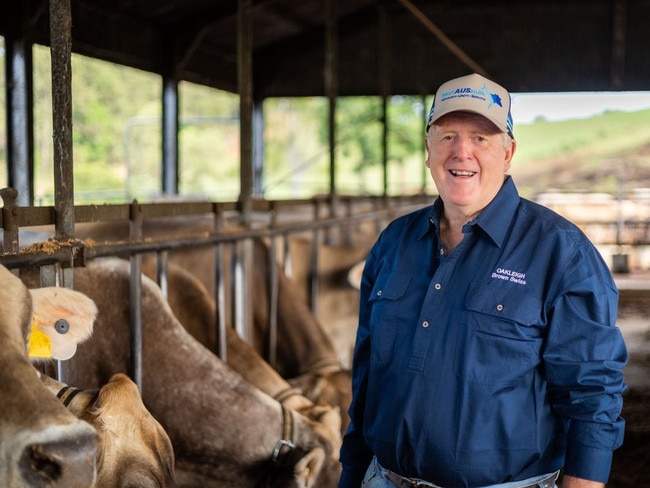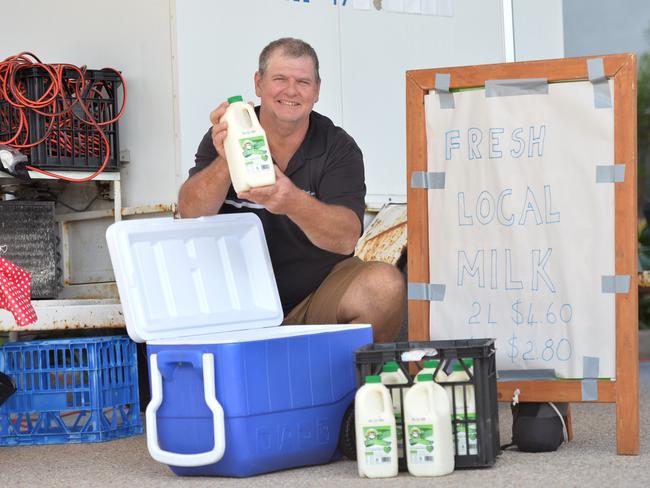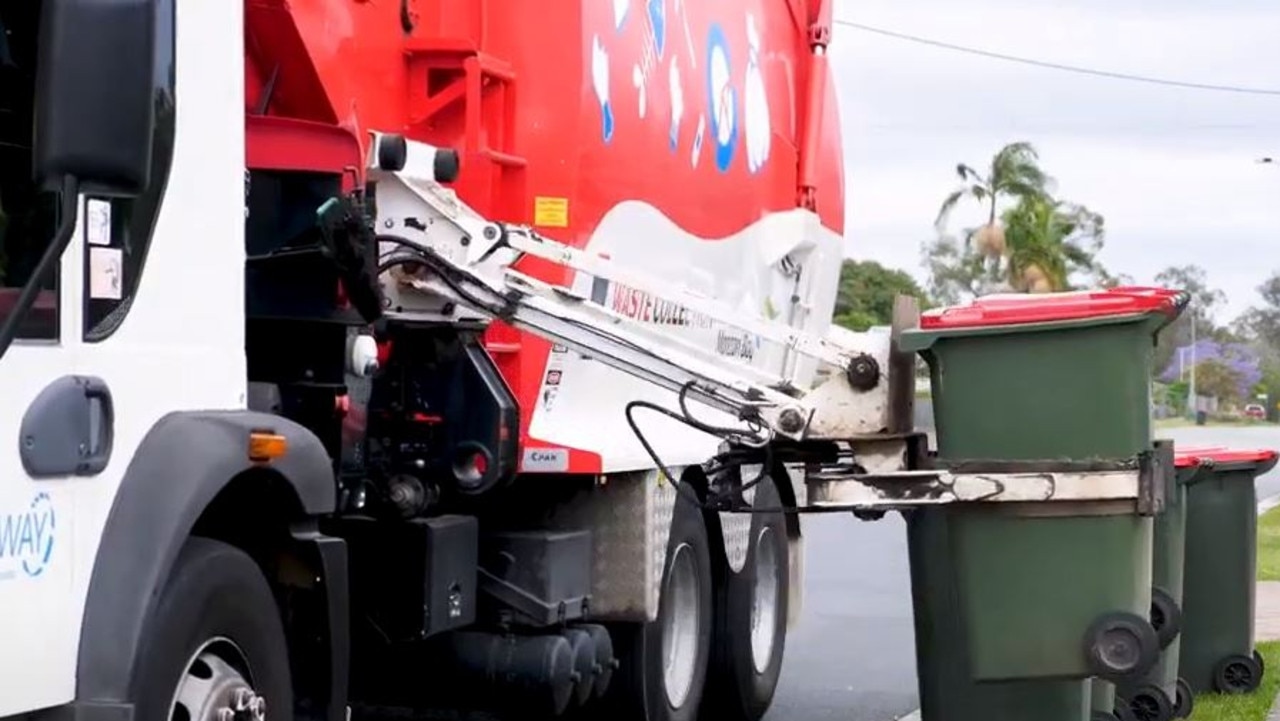Eungelladale Dairy closing down, Mackay region’s last left standing
Local, fresh milk in the Mackay region will soon be harder to find as the last dairy farm standing makes the decision to pivot to beef.

Mackay
Don't miss out on the headlines from Mackay. Followed categories will be added to My News.
Owners of the last dairy farm in Eungella have decided to shut down milk production bringing an end to the region’s industry — as the number of Queensland farms falls by 90 per cent since 1980.
Dairy farmer Dale Fortescue from Eungelladale Dairy, responsible for supplying Mackay and surrounding towns, announced his business’ heartfelt farewell on Tuesday after six years producing milk.
“There’s a lot of sadness really because it is the end of an error,” he said.
Mr Fortescue said years of feed and land expense hikes made it difficult to maintain a sustainable business.
Recent weather events which put a strain on milk production were the “nail in the coffin” forcing him to instead turn to a more profitable beef industry.

“The last two seasons have not been very good for our milk production basically,” he said.
“We’ve always had reasonable grass but it’s been very wet, so they don’t get a lot of nutrition out of it during the wet season.
“Last year was really wet for us too.”
Over the years, the farm started several crowdfunding campaigns that kept Mr Fortescue’s business afloat, including in 2023 when major floods isolated the rural town, stopping supply runs and hindering milk production.
A GoFundMe campaign aimed to raise money for their own factory when multinational milk processor Parmalat “crucified them” with increased milk prices, according to Mr Fortescue.
“We decided to go down that track of building our own factory, so we had a lot of support with crowdfunding and people helping, donating equipment and concrete,” he said.
“That was a huge effort. We were at a desperate end.”

But Mr Fortescue said local dairy farms like his couldn’t bear the costs of a changing climate tainted by extreme weather conditions such as the recent monsoon season.
“If you got money behind you you can feed your way out of it for your milk production,” he said.
“But when you’re doing everything yourself, we had the Range go, the fires and all that sort of stuff over the last few years, so it dwindled a lot of our extra money we had.
“We had basically nothing left, we were living week to week.”
It’s something Joe Bradley, president of dairy association eastAUSmilk, knows all too well and he says it’s not just impacting smaller farms.
“[Small farmers] have to get their produce to market ASAP and if you get a land slip for access problems to the farm, all the sudden you don’t have any income whatsoever and you still have to feed your cows,” he said.
“So, when they rely on that they’re certainly exposed a lot more than anyone but all farmers are in the same boat.”

The number of dairy farms have dramatically fallen in recent years with approximately 266 registered farms in the state as of 2024, a 90 per cent reduction since 1980.
Now, up to 55 per cent of milk consumed is trucked across the border.
“Milk has to travel 1500 kms to make it up here, while we had a food mile of 85,” Mr Fortescue said.
After growing up on his parent’s dairy farm, Mr Fortescue said it was heartbreaking watching his industry leave the region.
“My grandfather would be rolling in his grave seeing that there’s no dairy industry left,” he said.
“We are very thankful for all of the people that supported us. We do feel like we let them down but at the end of the day, we have to make a decision on our wellbeing too.”
But he said he plans on keeping the farm selling half of his 120 strong stock before stopping production as soon as he runs out of milk bottles.
“It’ll be a couple of weeks. The milk production is very low so I’ll continue to go to the farmer’s market while I’ve got milk bottles,” he said.





